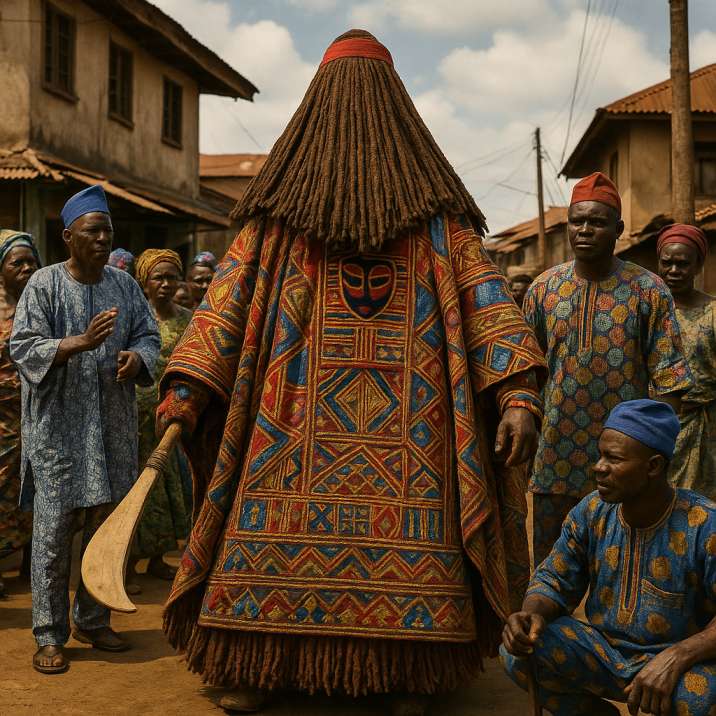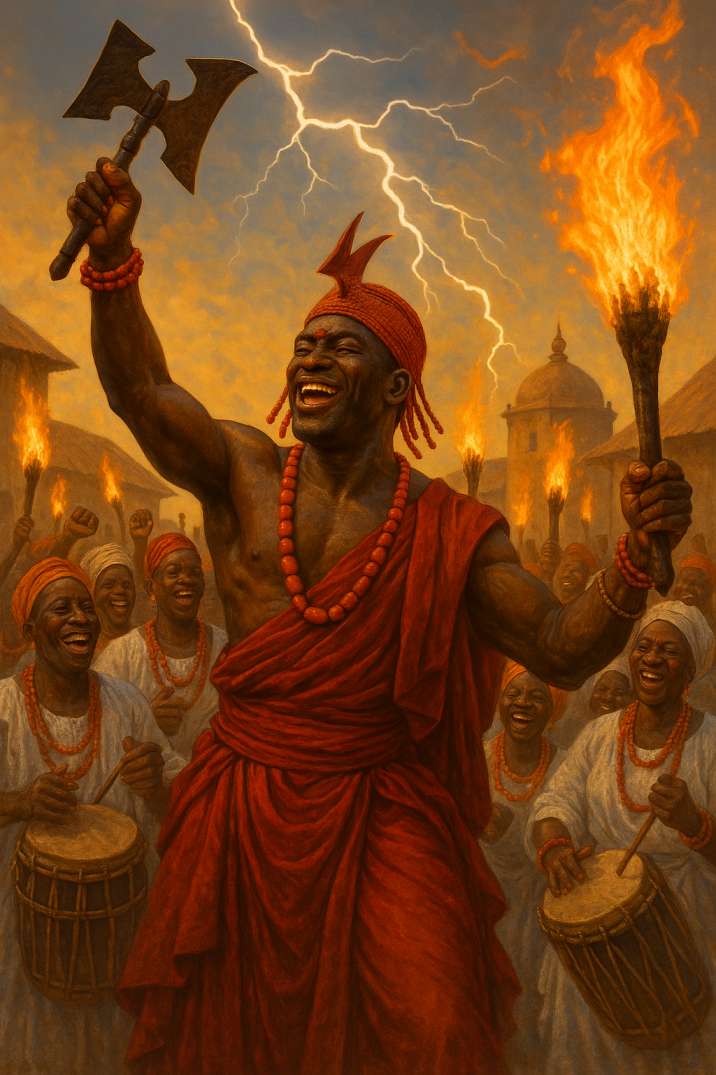In the lush forests of West Africa, The Ashanti, (otherwise known as ‘The Asante’ people), rose to build one of the most formidable and influential empires in the history of Africa.
Now known as Ghana, the Ashanti Empire thrived from the late 17th century through to the 19th century, well-known for its wealth, military strength, and sophisticated political system.
The story of the Asanti Empire is one of cultural pride, innovation, and resistance against foreign domination.
The foundation of the greatness of The Ashanti Empire was laid by Osei Tutu, the first ‘Asantehene’ (king), and his spiritual adviser Okomfo Anokye.
Around 1701, they united various Akan states into a confederation. According to the legend, Okomfo Anokye called down the Golden Stool (Sika Dwa Kofi) from the heavens.
This sacred stool symbolized the soul and unity of the Ashanti people, embodying their identity and authority. The stool was so revered that no one, not even the king, would dare sit on it. It became the spiritual heart of the empire.
The Ashanti territory was blessed with rich natural resources, especially gold. This “golden kingdom” controlled important trade routes that connected the interior of West Africa to the coast, making Kumasi, the Ashanti capital, a vibrant center of commerce and culture.
Ashanti goldwork, which was famed for its intricacy, served as adornment for their Royalty and was also traded across West Africa.
The Ashanti were also masters of kente weaving, and so their colorful, handwoven cloths became symbols of nobility, culture and tradition. Ashanti society was organized under a centralized but flexible system.
The Asantehene ruled with the advice of a council of chiefs, and local rulers retained a degree of autonomy. This structure allowed the empire to expand while maintaining stability.
The Ashanti military was well-trained and well-equipped, enabling them to defend their territory and extend their influence.
However, the Ashanti’s prosperity and independence was so vast that they drew the attention of European powers, particularly the British.
Throughout the 19th century, the Ashanti engaged in several wars with the British as they sought to protect their sovereignty and the Golden Stool.
The most famous of these conflicts was the War of the Golden Stool in the 1900s. When a British governor, Sir Frederick Hodgson, demanded to sit on the sacred stool as a sign of British authority, it infuriated the Ashanti.
It was ‘Yaa Asantewaa’, the queen mother of ‘Ejisu’, who rose to lead the resistance. It was her leadership that inspired the Ashanti to defend their honor and heritage.
Though the British eventually subdued the Ashanti and incorporated their territory into the Gold Coast colony, the bravery of Yaa Asantewaa became a symbol of African resistance to colonial rule.
Today, the Ashanti legacy remains deeply woven into Ghanaian identity. The Ashanti monarchy still exists as a respected traditional institution.
Meanwhile, the Golden Stool is kept under strict protection till this day. It serves as a symbol of the enduring spirit of the Ashanti people.
Festivals such as ‘Akwasidae’ celebrate Ashanti history, and crafts like kente weaving and gold jewelry also continue to thrive.
The story of the Ashanti Empire reminds us that Africa’s past was not merely one of colonization and subjugation, but of powerful civilizations that commanded respect, built enduring cultures, and stood firm in defense of their values.
Written By: Praise Adenike (Denike 🌹)



